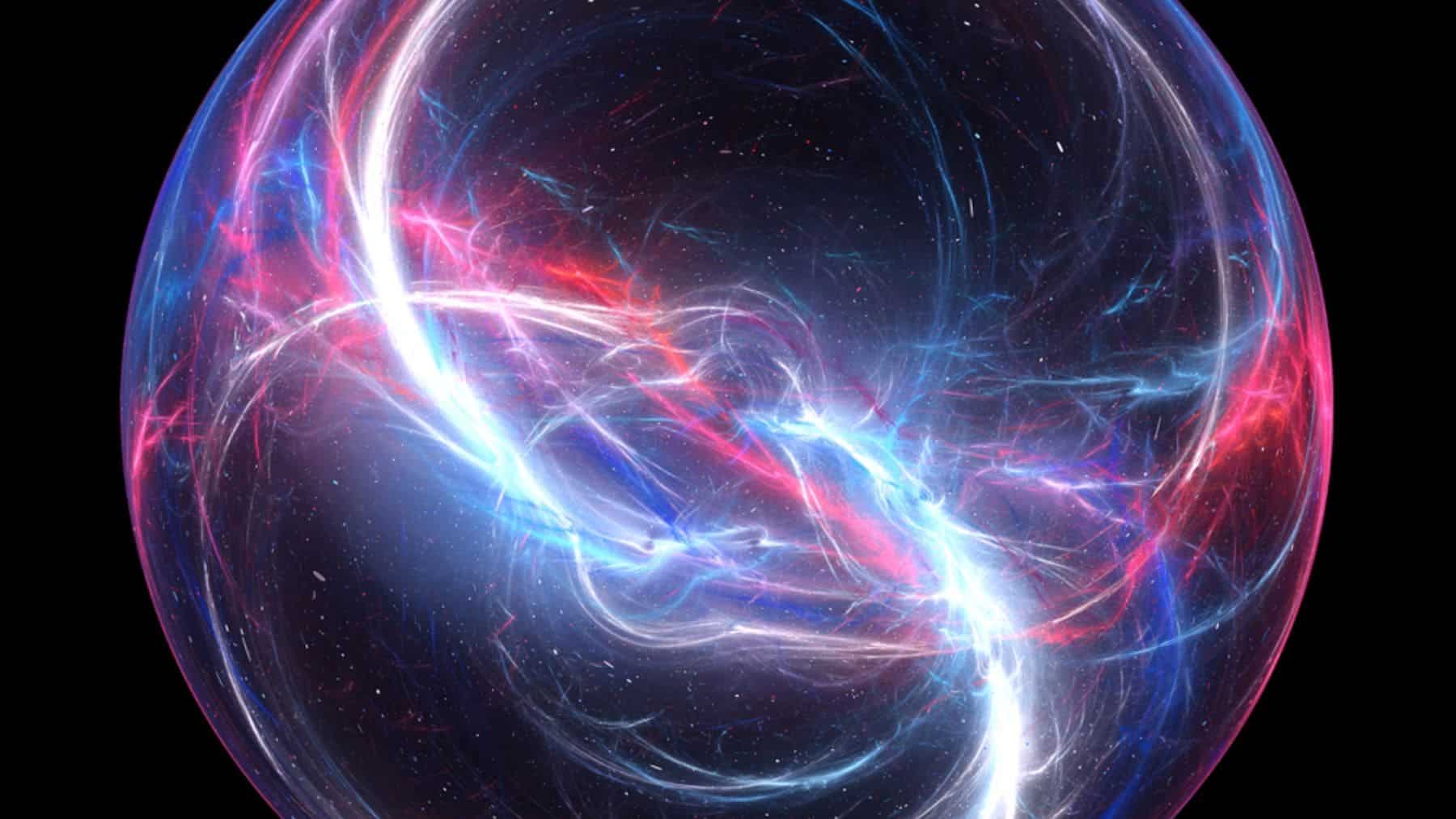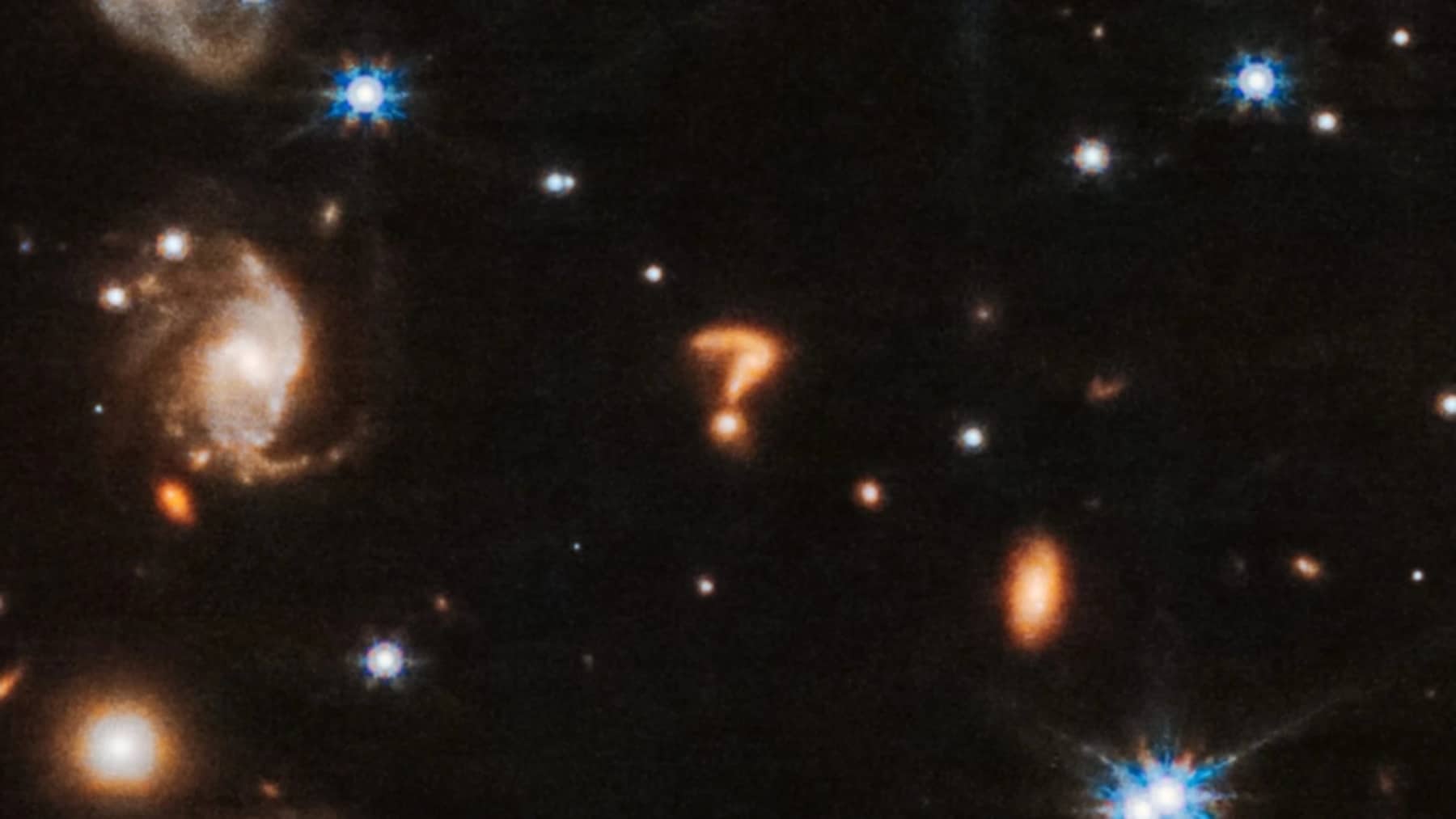Tried in 1920 and embraced for centuries thereafter, scientists have chased the vision of replicating the energy of the stars on Earth. Nevertheless, it was the British astrophysicist, Arthur Eddington, who suggested the groundbreaking idea that the stars and the sun can produce their enormous energy through a process known as nuclear fusion. As per this process, hydrogen atoms fuse to form helium, thus releasing energy in the process. This idea gave birth to the concept of pursuing star-like power in laboratories. All efforts were geared towards creating an “infinite energy sphere” that could perhaps power the world sustainably and cleanly. We are finally getting closer to this dream.
The dream of nuclear fusion
It was Eddington’s insight that determined the direction of energy science. According to Eddington, fusion is what fueled the stars and not chemical reactions or combustion. What Eddington proposed was a limitless energy source. While the theory was set in stone, achieving this, however, was far more difficult. Scientists have always worked on utilizing isotopes of hydrogen, deuterium, and tritium to create these fusion reactions. With these approaches, hydrogen plasmas were heated to extreme temperatures and confined by using powerful magnets or lasers.
With traditional fusion methods, many roadblocks were encountered. With all the investments into exploring the concept of nuclear fusion, not one fusion reactor was able to produce more energy than it consumed. With the process of deuterium-tritium (DT) fusion, neutron radiation also resulted, which produced radioactive waste that posed not only an environmental but also a logistical challenge.
The hydrogen-boron reactor allows new hope
Drifting away from nuclear fusion comes a radically new approach known as the hydrogen-boron (HB11) fusion. This process is contained within a novel spherical reactor design. As opposed to traditional methods, the new hope does not depend on heavy hydrogen isotopes. The process fuses hydrogen (a single proton) with boron-11, a common and stable isotope of boron, resulting in three helium atoms. Since there is no neutron reaction, there is also zero radioactive waste.
Physicist Heinrich Hora and his team from the University of New South Wales are working with international collaborators who are pioneering this new method. The move towards a spherical hydrogen-boron reactor means that there is a significant move away from conventional fusion technology.
The way that the hydrogen-boron reactor works is that a laser pulse lasting a picosecond could accelerate a “plasma block” with enormous energy of about 10 petawatts. All the forces together ignite a hydrogen-boron reaction in a tiny spherical chamber. Fusion occurs at reaction temperatures of 3 billion degrees Celsius, leading to streams of alpha particles (helium nuclei) which can be effortlessly converted into electricity.
Understanding clean and efficient energy
While along the way, there have been fusion attempts with catastrophic results, this newer vision provides two advantages. For one, no neutrons are released, resulting in no radioactive waste. Next, the energy produced by the reaction need not be converted by heating water into steam for turning turbines; the particles get converted into electricity. All in all, allowing for efficiency in energy loss.
A vision for the future of clean energy
The shift from Eddington’s 1920 hypothesis to the current hydrogen-boron fusion research has been no easy journey. Nevertheless, it is clear that “infinite energy spheres” can destroy hydrogen and transform it into power through fusion. Theoretical findings can now be materialized. With NASA unveiling the perfect fuel that is not hydrogen, not electricity, not nuclear fusion, it is yet to be seen what comes of this experiment.
To learn more about this experiment, you can check the full study here: Hora H, Eliezer S, Kirchhoff GJ, et al. Road map to clean energy using laser beam ignition of boron-hydrogen fusion. Laser and Particle Beams.














